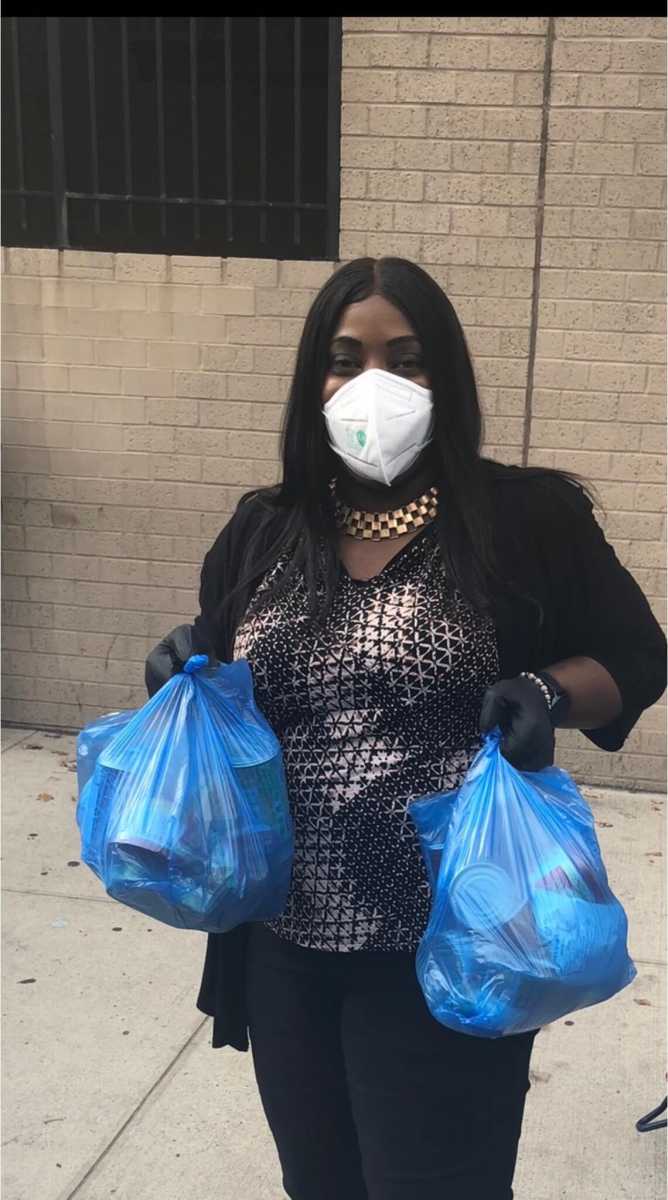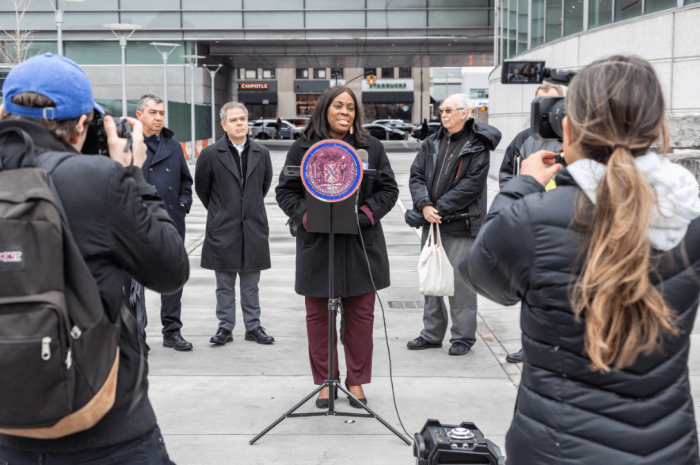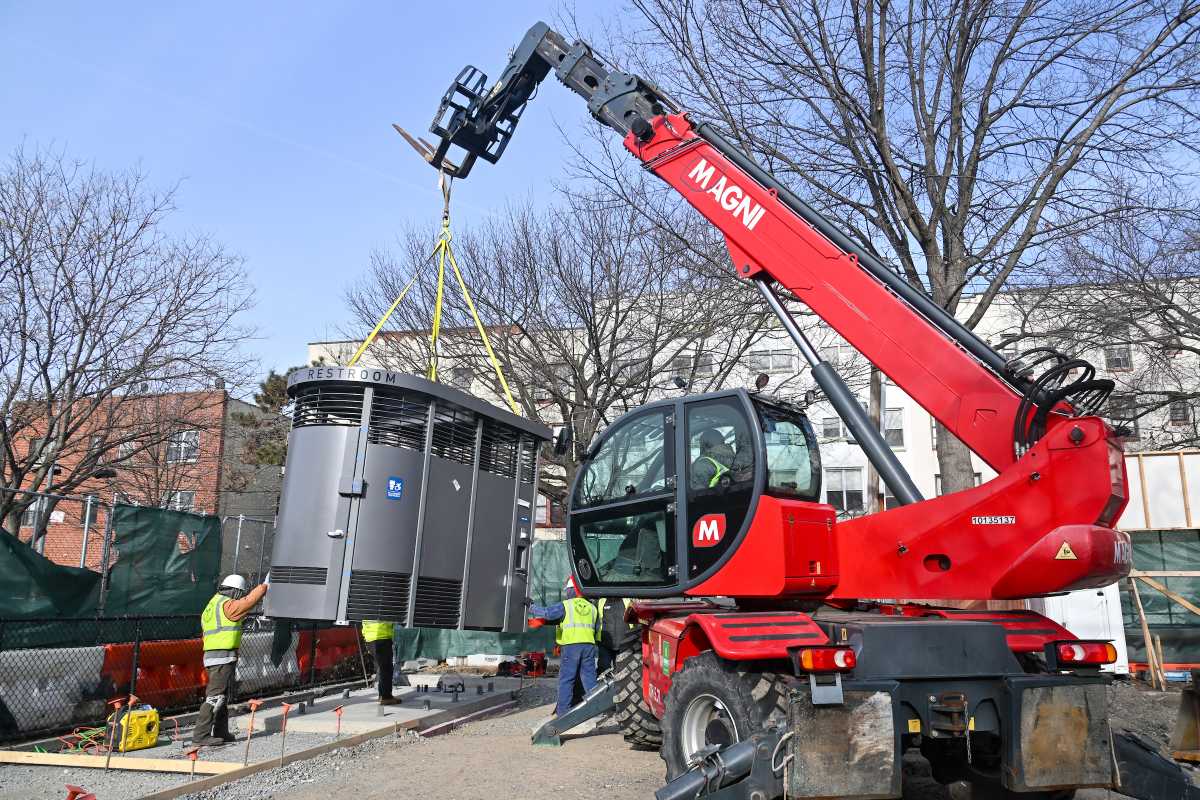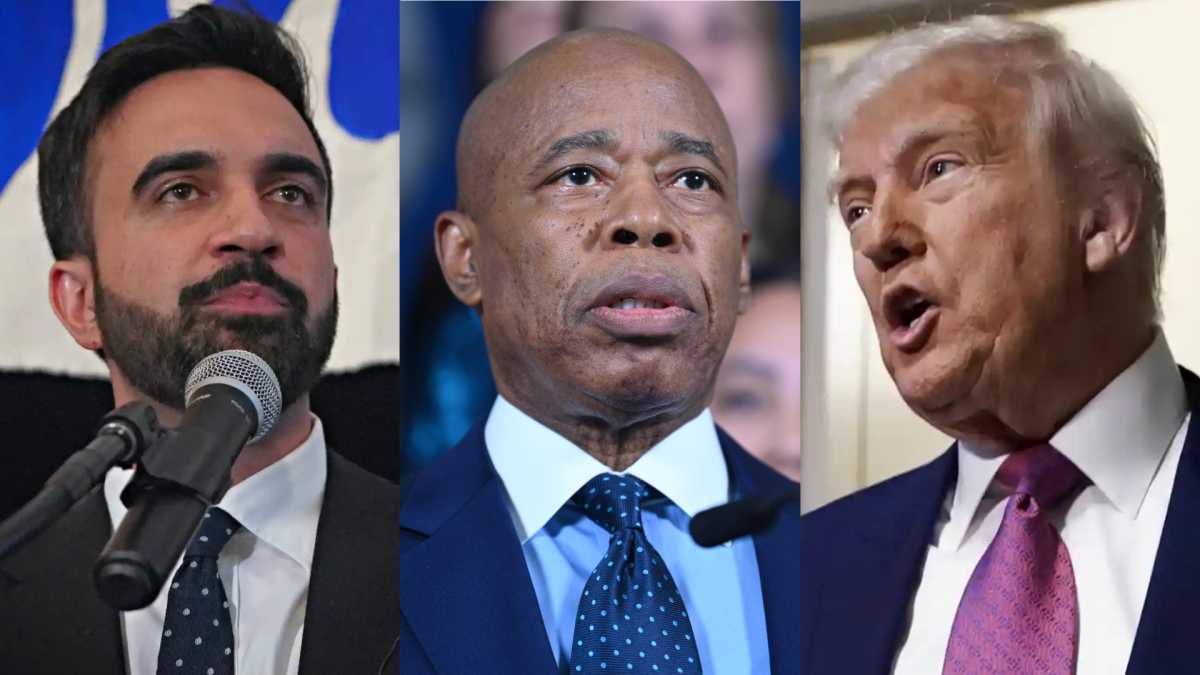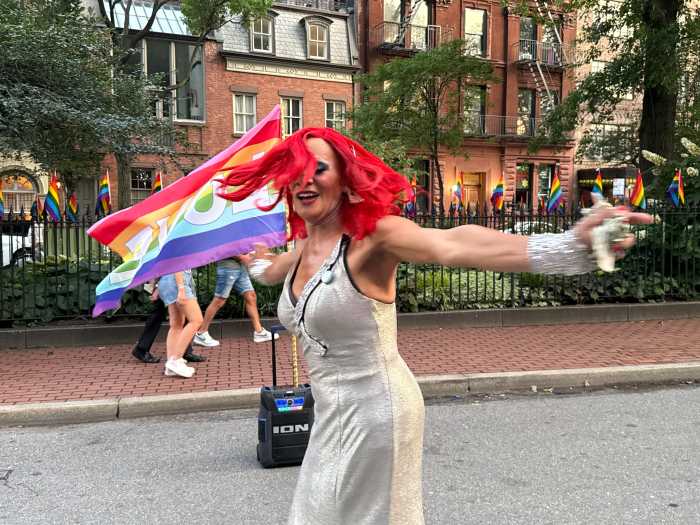The recent analysis of public data that showed a major pay gap between men and women and people of color within the city did not surprise Councilwoman Vanessa Gibson, co-chair of the Women’s Caucus.
On Oct. 29, numbers released by the city showed significant gender, racial and ethnic pay disparities in the city’s workforce.
The analysis of salaries of roughly 180,000, full-time city workers showed that male employees roughly average about $4,500 a year more than their female counterparts. It also highlighted that Black city workers average about $7,600 a year less than white workers, while Asians tend to make $6,500 a year less than white employees. Additionally, non-Hispanic and non-Latino workers roughly average about $8,700 a year more than Hispanic and Latino workers.
New York women with full-time, year-round jobs earn $6,735 less than their male counterparts, or 88 cents on the dollar, according to a 2019 study by the National Partnership for Women & Families. That figure gets even worse for New York women of color, according to the same study which found that Latina and Black women on average make $30,023 and $24,360 less, respectively, than men.
“Certainly there’s more disparity when it comes to women of color,” Gibson said. “We have to highlight opportunities to make improvements to the system. We cannot accept this complete disregard for women of color.”
This data was made available in response to Local Law 18 of 2019, which was enacted last year in an effort to identify and address pay disparities among city workers.
The legislation was crafted in response to the lawsuit the Communications Workers of America Local 1180 filed against the Bloomberg Administration over racial and gender pay discrimination in 2013.
CWA alleged that the city had been systematically underpaying women and employees of color who held the “administrative management” title. As proof, the CWA pointed out that in 1978 — when most people who held the administrative management title were men — the typical salary was the equivalent of about $92,000. As it became a title increasingly held by women, the pay fell to around $53,000.
The law requires the Mayor’s Office of Data Analytics to annually issue anonymized payroll data on the municipal workforce. The data was released this month after being delayed by COVID-19. It is required to be released publicly every year. Per the law, it should include information on gender, ethnicity and race to allow for an analysis on potential pay disparities.
“Your gender, race or ethnicity should not predetermine the salary you earn in this city and in this country, but sadly we know that in reality it does far too often,” Gibson said. “I am grateful that the council is working to address these long-term issues and that we are beginning this work by looking at our own municipal workforce.”
Gibson told the Bronx Times that these numbers hurt even more as many women and women of color are essential workers who risked their lives during the past eight months of the pandemic.
The councilwoman noted she would like to see more women of color be recruited from college for city jobs, but questioned how that can happen if pay disparities exist.
“We cannot accept this from any administration,” Gibson stated. “This has been going on for decades. It’s frustrating because the system has to change.”

